Important test
information for parents.
Learn more about AAS assessments for your child, including how they can prepare to achieve their best results, what they need to take with them on exam day and answers to frequently asked questions.

Our school tests
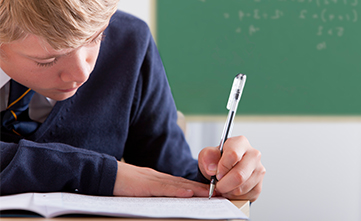
Progress and placement tests
These tests are designed to identify the full range of student ability.
They measure a student’s current level of achievement in literacy and numeracy.

Scholarship tests
Our scholarship tests help schools identify students for their scholarship programs, with unique testing for every single school.

Gifted student ability measure (GSAM) tests
GSAM tests allow schools to identify high-potential students who are suitable for extension and enrichment programs.
Our tests are designed to measure your child’s ability and knowledge rather than how well they have studied, so special preparation, coaching or revision is unnecessary. But we do encourage general exam practice to help your child get used to the testing process.
Your child might also benefit from completing our answer sheet, to familiarise themselves with the test format.
The following tips can help support your child’s memory and focus for their exams:
Get plenty of sleep
Eat nutritious food
Try deep belly breathing
Have your child practice the key skills that are included in our scholarship and placement tests, so they can fully prepare for the big day.
Exam day
Some important things to know for your child’s exam day.
What to bring and entry to the exam
- Two pens, blue or black
- If your school requests them, bring the invoice for the test and identification for your child
- Nutritious food and drink for 20-minute breaks between sessions
- If your child is Year 8 or above and completing the progress and placement test, they should bring a calculator.
- Arrive ahead of time. Entry for late arrivals is at the discretion of the test supervisor
- For scholarship testing, only paid applicants will be permitted entry. Some schools may request invoices.
Items not allowed in the exam
- Mobile phones
- Smart watches (analogue watches allowed)
- Bags
- Rulers
- Mathematical instruments like compasses or dividers
- Photographic or other recording equipment
- Any other unauthorised materials
What to do during the exam
- Listen carefully to directions from the exam invigilator
- Read the questions carefully, and a second time if needed. Try not to rush
- Nobody is expected to answer every question. Just do your best!
- Use the process of elimination to choose the best answer
- If it helps, skip tough questions and return to them later
- Always match the answer number correctly from the test booklet

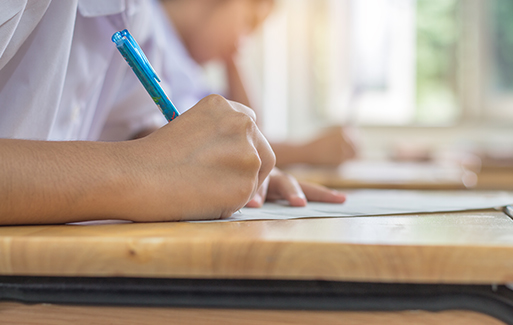
Our policy on cheating
Cheating in our exams will not be tolerated. This includes:
- Bringing unauthorised materials into the exam
- Taking materials from the test room
- Communicating with other students
- Refusing to obey any other reasonable instructions from the exam inviligator
Any student caught cheating will be removed from the test room and have their results cancelled. There will be no refund of fees issued under these circumstances.
Participating schools
We provide and manage assessments for hundreds of schools every year.

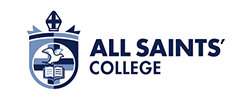
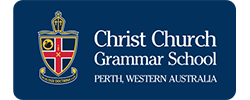
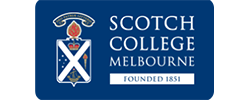
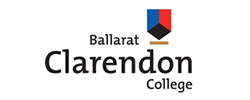
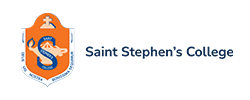
Frequently asked questions
General
Each test is about 40-50 minutes in length depending on year level, except for Spelling which is 12 minutes and Written Expression which is 25 - 30 minutes.
The tests are held across 2 sessions with a 20-minute recess break between each.
We recommend bringing the following:
- Two pens, blue or black
- There is a 20-minute break between each session, so bring nutritious food and drink for recess (unless otherwise advised)
You cannot take the following items into the exam:
- Mobile phones
- Smart watches
- Bags
- Rulers
- Calculators
- Mathematical instruments like compasses or dividers
- Photographic or other recording equipment
- Any other unauthorised materials
The majority of our tests are multiple-choice with five possible responses. The exception is our Written Expression test, which is long-form.
We recommend arriving 30 minutes before the test is due to start.
Entry to the exam is at the discretion of the test supervisor. We recommend arriving 30 minutes before the test is due to start.
Please contact their school as early as possible to let them know.
Most tests ascend in difficulty, meaning each item is more difficult than the one before.
Yes.
Study notes and other external resources are not permitted for use in our tests.
If your child has a condition that requires monitoring or special equipment (e.g. an EpiPen), please notify their school in advance.
Scholarships
Scholarship tests are designed to identify and distinguish between students of high academic ability, or for those who excel in areas like music and sport. They are more difficult than the normal achievement tests students often take in schools.
They are timed test that assess how clearly a student can demonstrate higher-order critical thinking skills.
Results cannot be shared between schools (unless the schools are in a scholarship co-op). Students must sit each individual exam.
If your child's school has a scholarship program, they can provide instructions on how you can apply.
Unfortunately, AAS do not accept late applications once registrations close. We test on behalf of schools and cannot make that decision.
During the registration process, you may be asked to upload documents to support the application. There is a limit of 10 documents per document category. Each document may be up to 5 megabytes and may be a PDF, JPG/JPEG, TIFF, BMP, GIF or PNG file.
The email examination reminder will be sent to paid applicants during the week prior to exam day. If you have an incomplete application, you will receive a courtesy reminder 10 days prior to the examination day.
Only the primary parent registered will receive email and SMS reminders.
An exam reminder will be sent approximately five days prior to the exam and will have all the information required for the day. If the exam is less than five days away, please double-check your junk/spam folder.
Individual schools decide how to share results, so you’ll need to contact them directly. You may be able to find this information in the school pack provided to you, or on their website.
The school is the sole decision maker. They may advise you of their selection criteria, but your child’s academic ability is usually one of many factors taken into account.
Sometimes if you are trying to log back into the registration site through a saved link, it may block access. We suggest clearing your browser history and logging back in through the school’s website, using your email and password.
Occasionally you may also have problems if you are using a work device to access the site, as their firewall may be blocking us. We suggest trying a different device to submit the application.
Once a scholarship is closed for new registrations, you cannot log back in.
Please speak to your school about what your child should wear.
The number of questions and time duration vary for every year level and test set.
With the exception of the Written Expression task, each test is multiple-choice.
Pens are only needed for the writing task, and students can bring more than two pens if required (but no pencil cases). The pens need to be either blue or black ink so that our scanner can read them.
Yes.
For an online registration, Academic Assessment Services will retain 20% of the registration fee to cover transaction and administrative costs. The balance will be returned to the applicant.
Unfortunately, we cannot provide a refund.
Unfortunately, we cannot provide a refund.
Our practice tests cover the same skills as our scholarship and placement exams, helping your child get ready for the real thing.
